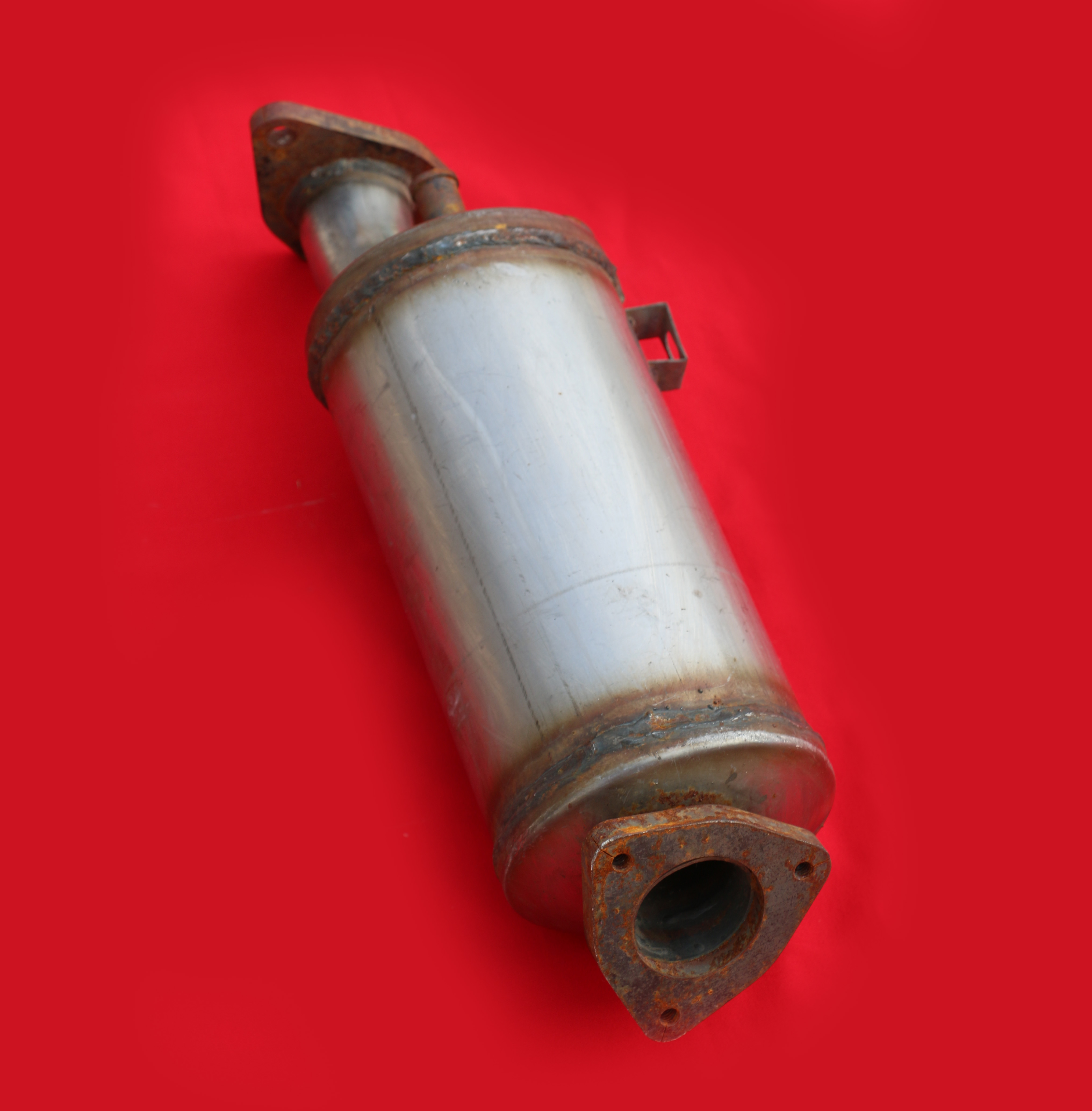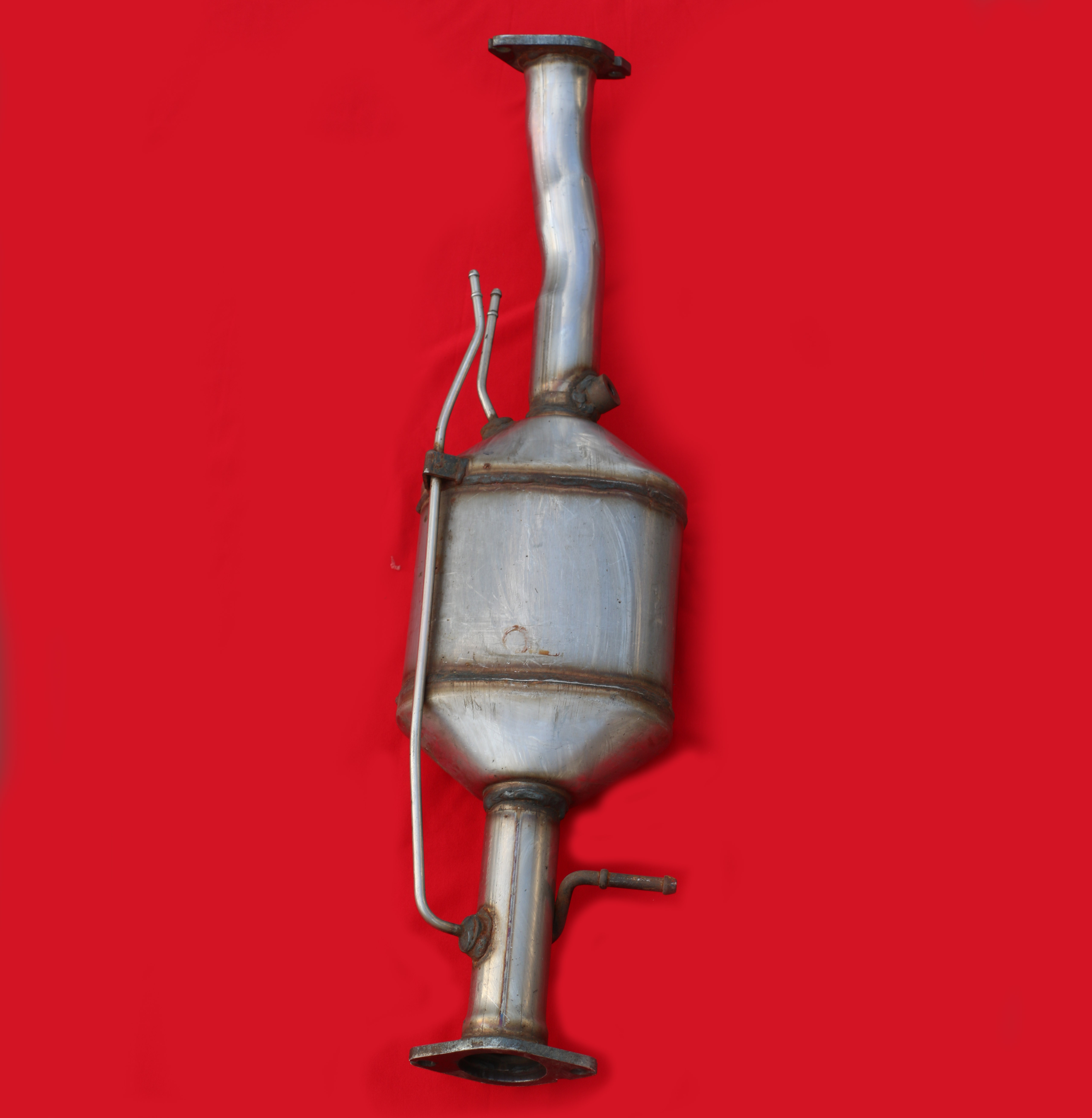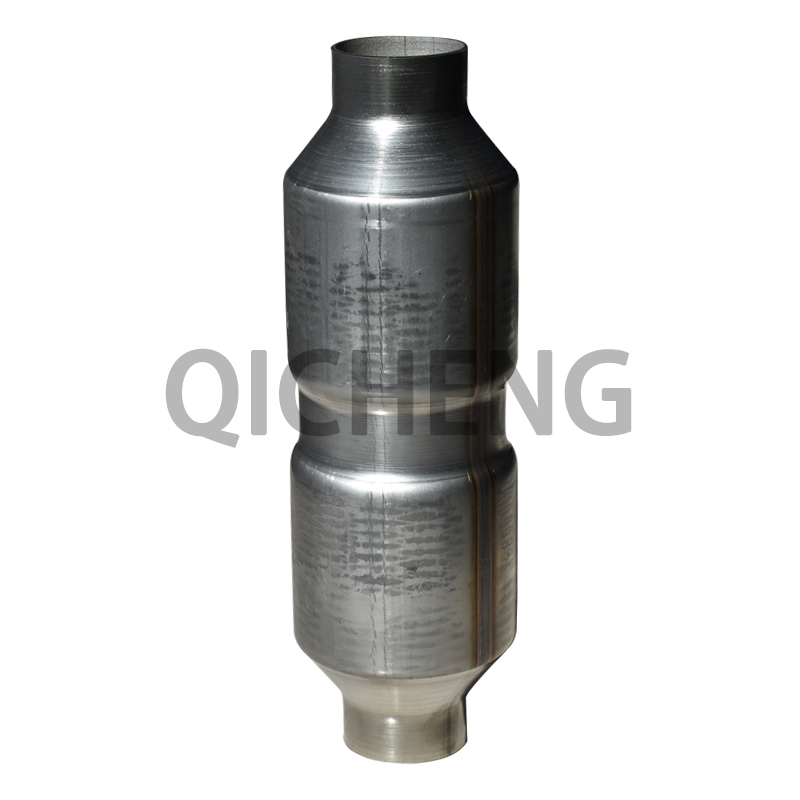Pollutants Produced by a Car Engine
source:www.dzqicheng.com | Release time:2022年03月24日In order to reduce emissions, modern car engines carefully control the amount of fuel they burn. They try to keep the air-to-fuel ratio very close to the stoichiometric point, which is the ideal ratio of air to fuel. Theoretically, at this ratio, all of the fuel will be burned using all of the oxygen in the air. For gasoline, the stoichiometric ratio is about 14.7:1, meaning that for each pound of gasoline, 14.7 pounds of air will be burned. The fuel mixture actually varies from the ideal ratio quite a bit during driving. Sometimes the mixture can be lean (an air-to-fuel ratio higher than 14.7), and other times the mixture can be rich (an air-to-fuel ratio lower than 14.7).
The main emissions of a car engine are:
- Nitrogen gas (N2) - Air is 78-percent nitrogen gas, and most of this passes right through the car engine.
- Carbon dioxide (CO2) - This is one product of combustion. The carbon in the fuel bonds with the oxygen in the air.
- Water vapor (H2O) - This is another product of combustion. The hydrogen in the fuel bonds with the oxygen in the air.
These emissions are mostly benign, although carbon dioxide emissions are believed to contribute to global warming. Because the combustion process is never perfect, some smaller amounts of more harmful emissions are also produced in car engines. Catalytic converters are designed to reduce all three:
- Carbon monoxide (CO) is a poisonous gas that is colorless and odorless.
- Hydrocarbons or volatile organic compounds (VOCs) are a major component of smog produced mostly from evaporated, unburned .fuel.
- Nitrogen oxides (NO and NO2, together called NOx) are a contributor to smog and acid rain, which also causes irritation to human mucus membranes.
Related articles
Related products
 WeChat ID:whatsapp
WeChat ID:whatsapp












 Whatsapp
Whatsapp  Whatsapp
Whatsapp
 Contact
Contact
 phone
phone